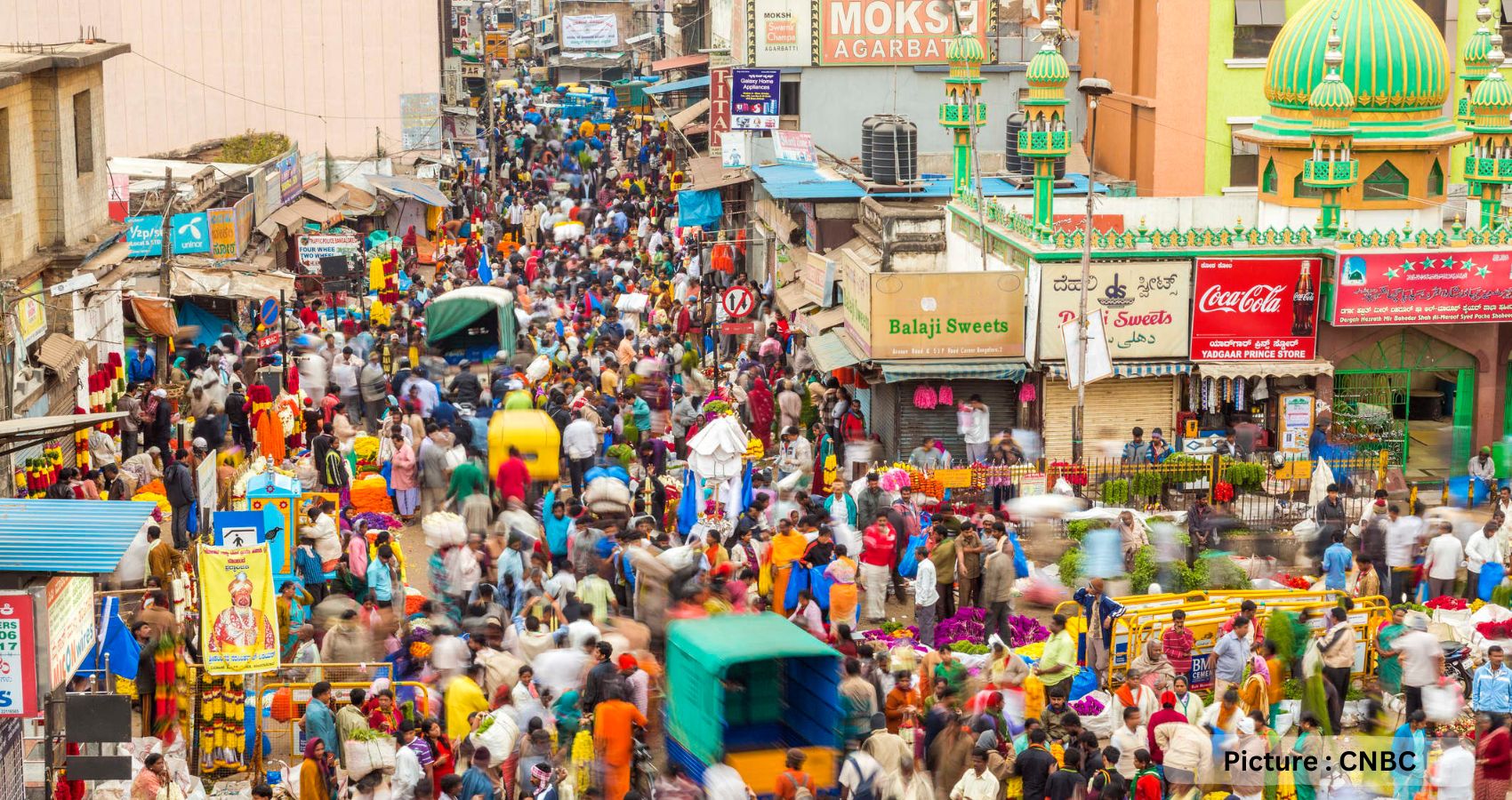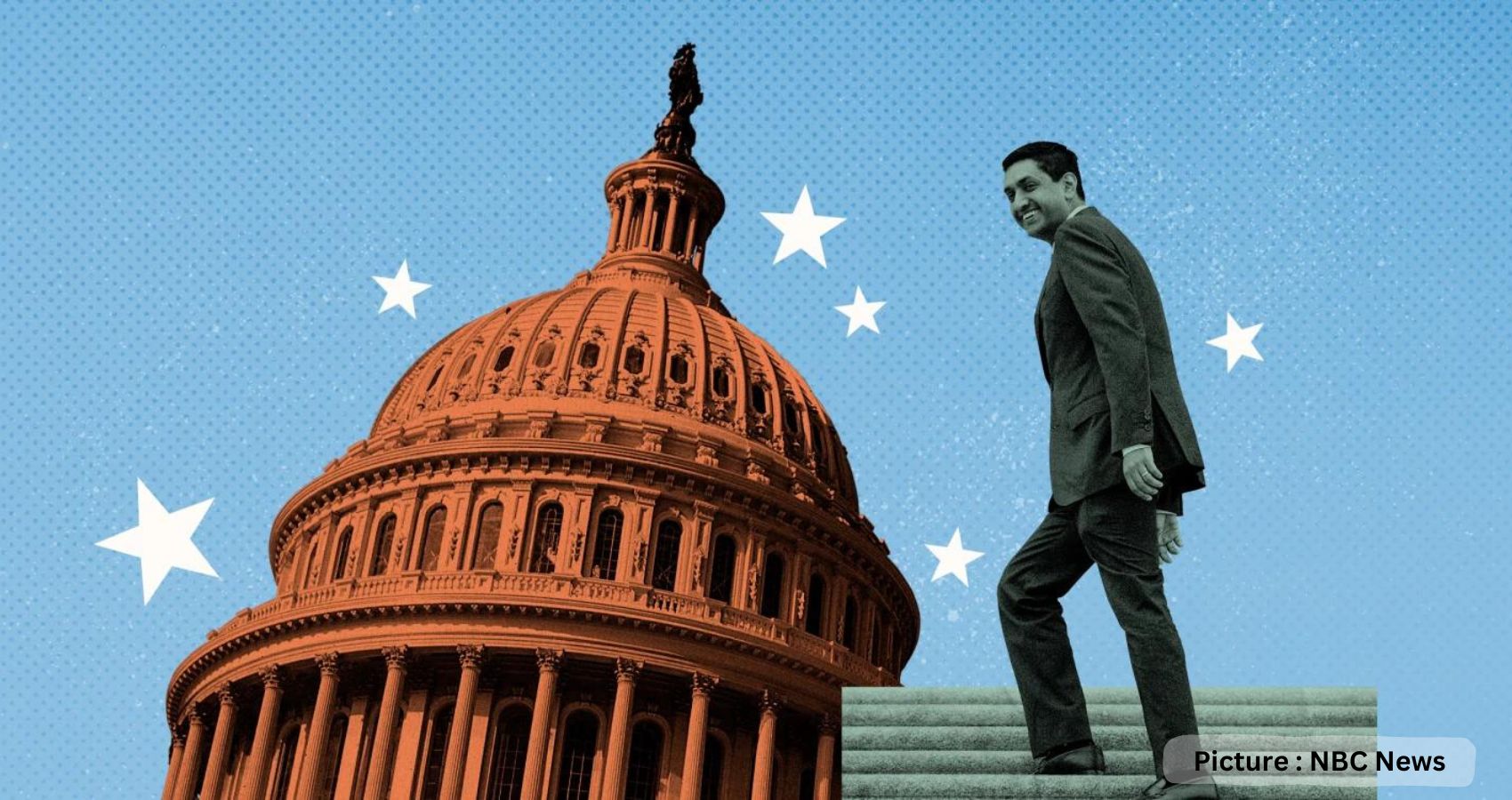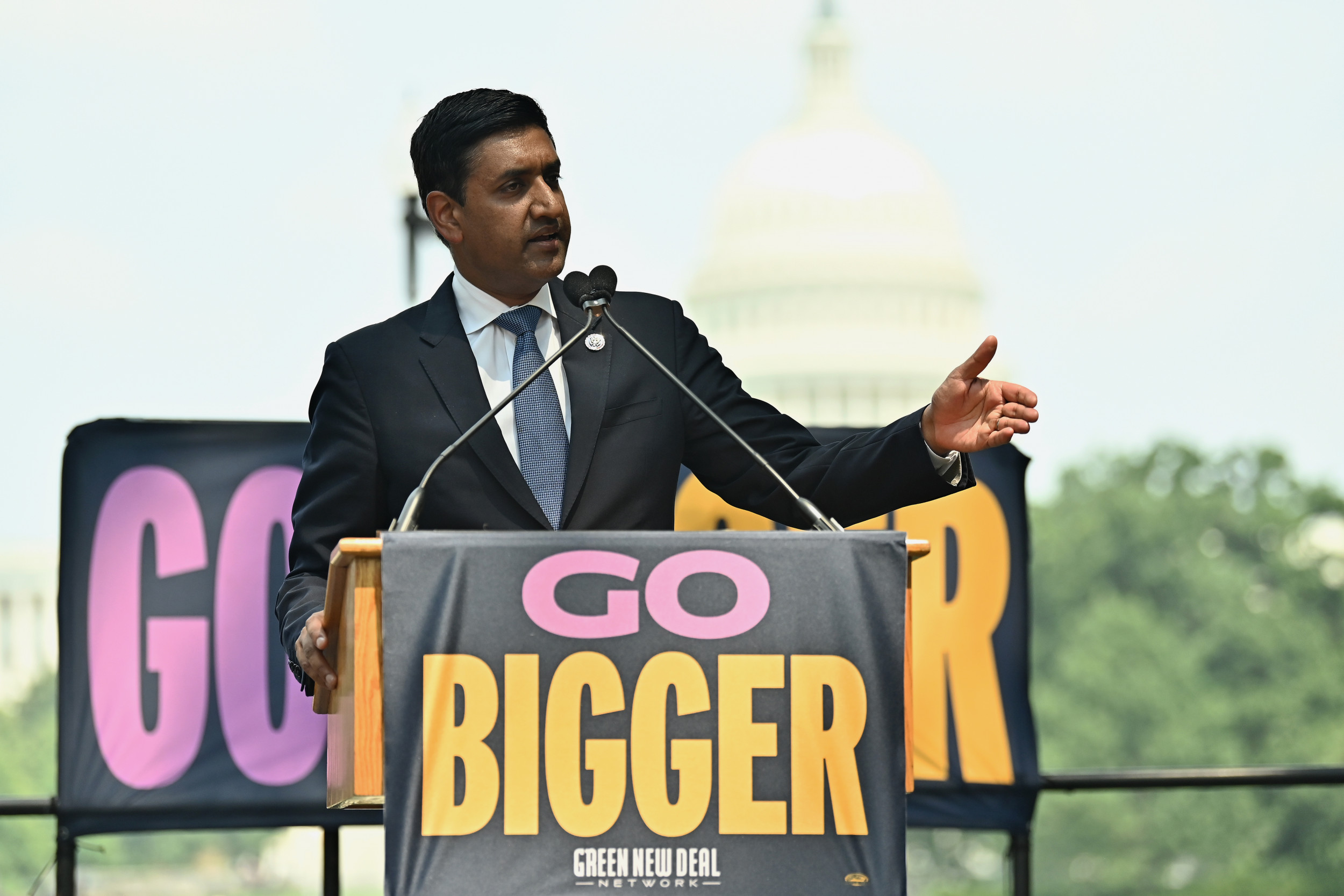India is poised to become the world’s most populous country this year – surpassing China, which has held the distinction since at least 1950, when the United Nations population records begin. The UN expects that India will overtake China in April, though it may have already reached this milestone since the UN estimates are projections.
Here are key facts about India’s population and its projected changes in the coming decades, based on Pew Research Center analyses of data from the UN and other sources.
How we did this
India’s population has grown by more than 1 billion people since 1950, the year the UN population data begins. The exact size of the country’s population is not easily known, given that India has not conducted a census since 2011, but it is estimated to have more than 1.4 billion people – greater than the entire population of Europe (744 million) or the Americas (1.04 billion). China, too, has more than 1.4 billion people, but while China’s population is declining, India’s continues to grow.
Under the UN’s “medium variant” projection, a middle-of-the-road estimate, India’s population will surpass 1.5 billion people by the end of this decade and will continue to slowly increase until 2064, when it will peak at 1.7 billion people. In the UN’s “high variant” scenario – in which the total fertility rate in India is projected to be 0.5 births per woman above that of the medium variant scenario – the country’s population would surpass 2 billion people by 2068. The UN’s “low variant” scenario – in which the total fertility rate is projected to be 0.5 births below that of the medium variant scenario – forecasts that India’s population will decline beginning in 2047 and fall to 1 billion people by 2100.
People under the age of 25 account for more than 40% of India’s population. In fact, there are so many Indians in this age group that roughly one-in-five people globally who are under the age of 25 live in India. Looking at India’s age distribution another way, the country’s median age is 28. By comparison, the median age is 38 in the United States and 39 in China.
The other two most populous countries in the world, China and the U.S., have rapidly aging populations – unlike India. Adults ages 65 and older comprise only 7% of India’s population as of this year, compared with 14% in China and 18% in the U.S., according to the UN. The share of Indians who are 65 and older is likely to remain under 20% until 2063 and will not approach 30% until 2100, under the UN’s medium variant projections.
The fertility rate in India is higher than in China and the U.S., but it has declined rapidly in recent decades. Today, the average Indian woman is expected to have 2.0 children in her lifetime, a fertility rate that is higher than China’s (1.2) or the United States’ (1.6), but much lower than India’s in 1992 (3.4) or 1950 (5.9). Every religious group in the country has seen its fertility rate fall, including the majority Hindu population and the Muslim, Christian, Sikh, Buddhist and Jain minority groups. Among Indian Muslims, for example, the total fertility rate has declined dramatically from 4.4 children per woman in 1992 to 2.4 children in 2019, the most recent year for which data is available from India’s National Family Health Survey (NFHS). Muslims still have the highest fertility rate among India’s major religious groups, but the gaps in childbearing among India’s religious groups are generally much smaller than they used to be.
Fertility rates vary widely by community type and state in India. On average, women in rural areas have 2.1 children in their lifetimes, while women in urban areas have 1.6 children, according to the 2019-21 NFHS. Both numbers are lower than they were 20 years ago, when rural and urban women had an average of 3.7 and 2.7 children, respectively.
Total fertility rates also vary greatly by state in India, from as high as 2.98 in Bihar and 2.91 in Meghalaya to as low as 1.05 in Sikkim and 1.3 in Goa.
Likewise, population growth varies across states. The populations of Meghalaya and Arunachal Pradesh both increased by 25% or more between 2001 and 2011, when the last Indian census was conducted. By comparison, the populations of Goa and Kerala increased by less than 10% during that span, while the population in Nagaland shrank by 0.6%. These differences may be linked to uneven economic opportunities and quality of life.
On average, Indian women in urban areas have their first child 1.5 years later than women in rural areas. Among Indian women ages 25 to 49 who live in urban areas, the median age at first birth is 22.3. Among similarly aged women in rural areas, it is 20.8, according to the 2019 NFHS.
Women with more education and more wealth also generally have children at later ages. The median age at first birth is 24.9 among Indian women with 12 or more years of schooling, compared with 19.9 among women with no schooling. Similarly, the median age at first birth is 23.2 for Indian women in the highest wealth quintile, compared with 20.3 among women in the lowest quintile.
Among India’s major religious groups, the median age of first birth is highest among Jains at 24.9 and lowest among Muslims at 20.8.
India’s artificially wide ratio of baby boys to baby girls – which arose in the 1970s from the use of prenatal diagnostic technology to facilitate sex-selective abortions – is narrowing. From a large imbalance of about 111 boys per 100 girls in India’s 2011 census, the sex ratio at birth appears to have normalized slightly over the last decade. It narrowed to about 109 boys per 100 girls in the 2015-16 NFHS and to 108 boys per 100 girls in the 2019-21 NFHS.
To put this recent decline into perspective, the average annual number of baby girls “missing” in India fell from about 480,000 in 2010 to 410,000 in 2019, according to a Pew Research Center study published in 2022. (Read more about how this “missing” population share is defined and calculated in the “How did we count ‘missing’ girls?” box of the report.) And while India’s major religious groups once varied widely in their sex ratios at birth, today there are indications that these differences are shrinking.
Infant mortality in India has decreased 70% in the past three decades but remains high by regional and international standards. There were 89 deaths per 1,000 live births in 1990, a figure that fell to 27 deaths per 1,000 live births in 2020. Since 1960, when the UN Interagency Group for Child Mortality Estimation began compiling this data, the rate of infant deaths in India has dropped between 0.1% and 0.5% each year.
Still, India’s infant mortality rate is higher than those of neighboring Bangladesh (24 deaths per 1,000 live births), Nepal (24), Bhutan (23) and Sri Lanka (6) – and much higher than those of its closest peers in population size, China (6) and the U.S. (5).
Typically, more people migrate out of India each year than into it, resulting in negative net migration. India lost about 300,000 people due to migration in 2021, according to the UN Population Division. The UN’s medium variant projections suggest India will continue to experience net negative migration through at least 2100.
But India’s net migration has not always been negative. As recently as 2016, India gained an estimated 68,000 people due to migration (likely to be a result of an increase in asylum-seeking Rohingya fleeing Myanmar). India also recorded increases in net migration on several occasions in the second half of the 20th century.




